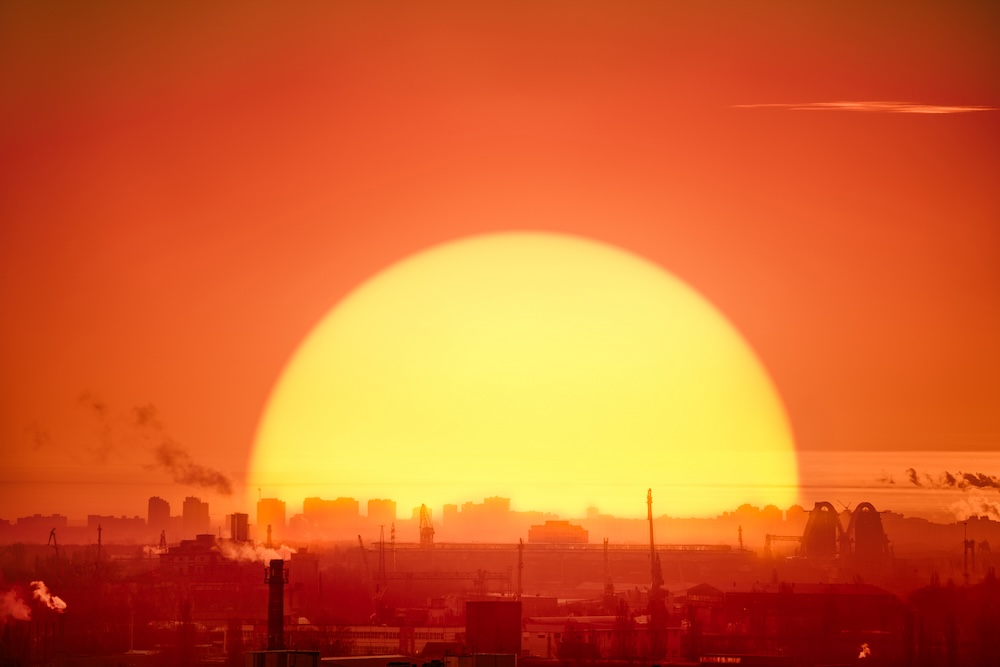Every summer, the question rings out like a broken record:
“Why is it so hot out?”
And often, it’s followed by some dismissive muttering about how “it’s just summer” or “this happened in the ’80s too.”
But we’re not in the 1980s anymore. Earth has changed. And if you’re asking that question while standing on a sidewalk hot enough to fry tofu, let’s talk — because this heat isn’t just weather. It’s a warning.
1. Heat Waves Are Hotter, Longer, and More Frequent
In the past, heat waves were rare and short. Today, they’re:
- Starting earlier in the season
- Lasting longer — sometimes weeks instead of days
- Breaking records nearly every year
We’re not just seeing warm summers. We’re seeing unrelenting heat domes, where high-pressure systems trap hot air and cook everything beneath them. These domes have scorched North America, Europe, China, and Australia in recent years — leaving trails of power outages, hospitalizations, and fire risk behind.
2. Nights Aren’t Cooling Down Anymore
Once upon a time, you could escape the heat after sunset. Now, overnight lows are rising, offering no relief for people, pets, or power grids. This is a major health risk — especially for vulnerable populations — and it’s one of the clearest fingerprints of climate change.
If it’s 90°F at midnight, no, that’s not normal. Not even for Texas. Or Florida. Or Phoenix.
3. The Planet Is on Fire — Literally and Figuratively
The extra heat doesn’t just make you sweat more — it turns landscapes into kindling. With rising temperatures:
- Vegetation dries out faster
- Droughts last longer
- Wildfire seasons explode into year-round threats
This is why Canada had its worst wildfire season on record in 2023. Why Lahaina burned in 2023. Why Greece, Algeria, and Australia have seen megafires.
Hotter climate = more flames.
4. “It’s Always Been Hot” Is a Lazy Excuse
Yes, hot days happened before. But not like this. Not this many. Not this intense. Not across this many continents at once.
Global heat records aren’t just being broken — they’re being shattered. The last 9 years have been the hottest ever recorded. July 2023 was the hottest month in at least 120,000 years. Yes, you read that right: before modern humans even existed.
So if you hear someone say “but we had heat waves back then too,” the only fair response is:
“Sure, but back then polar bears had more ice than stress.”
5. Ocean Temperatures Are Soaring Too
It’s not just land. The oceans are heating up fast — and that matters, because:
- Hot oceans supercharge hurricanes
- Coral reefs bleach and die
- Weather systems go off the rails
A warmer ocean means a wilder planet. Expect more floods, storms, and insurance companies raising rates in coastal zones. Not because they’re “woke,” but because they’re watching the data.
6. Fossil Fuels Are the Match
The cause is no mystery. The burning of coal, oil, and gas has loaded the atmosphere with greenhouse gases, trapping heat like a down comforter on a summer night. And even though we’ve known this for decades, emissions continue to rise.
Every gallon of gas, every leaky pipeline, every fossil-fueled power plant adds more heat. More chaos. More broken thermometers.
The math isn’t political — it’s thermodynamic.
7. Denial Doesn’t Make It Cooler
Pretending climate change isn’t real doesn’t lower the temperature. What it does do is delay the solutions. And while people are entitled to their own opinions, they’re not entitled to their own physics.
If your air conditioner is working overtime, your garden is frying, or your shoes are melting on asphalt — it’s not just the season.
It’s the system.
Conclusion: We’re Living in the Answer
The next time someone asks, “Why is it so hot out?” — you can tell them:
“Because we broke the planet’s thermostat. And now we’re living in the heatwave of our own denial.”
But here’s the good news: If we created this problem, we can still fix it. It starts with truth. With accountability. With action.
And maybe with fewer memes that say “It’s hot because it’s July.”









Reader Interactions